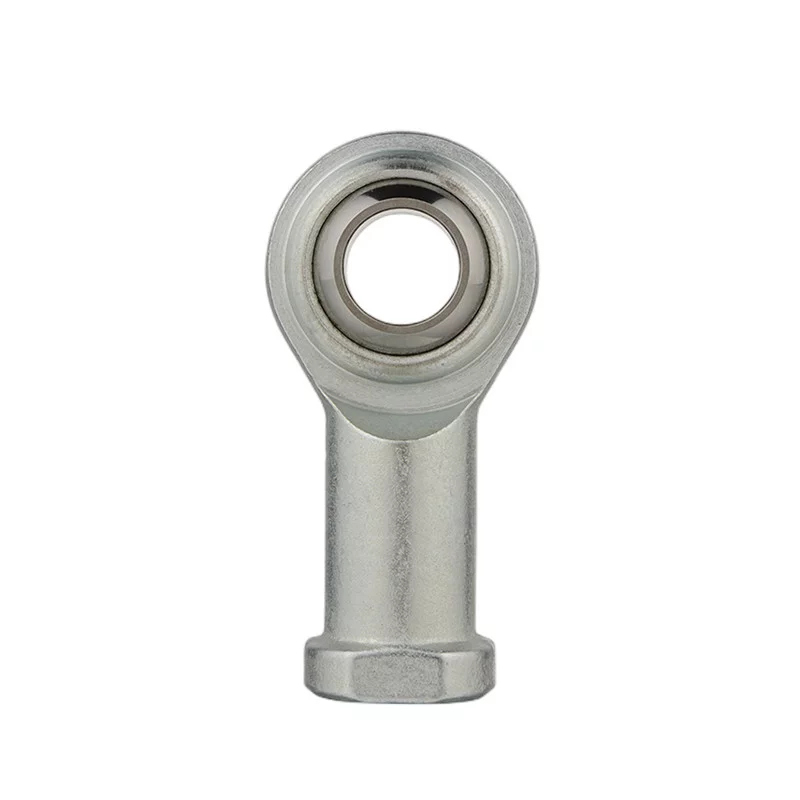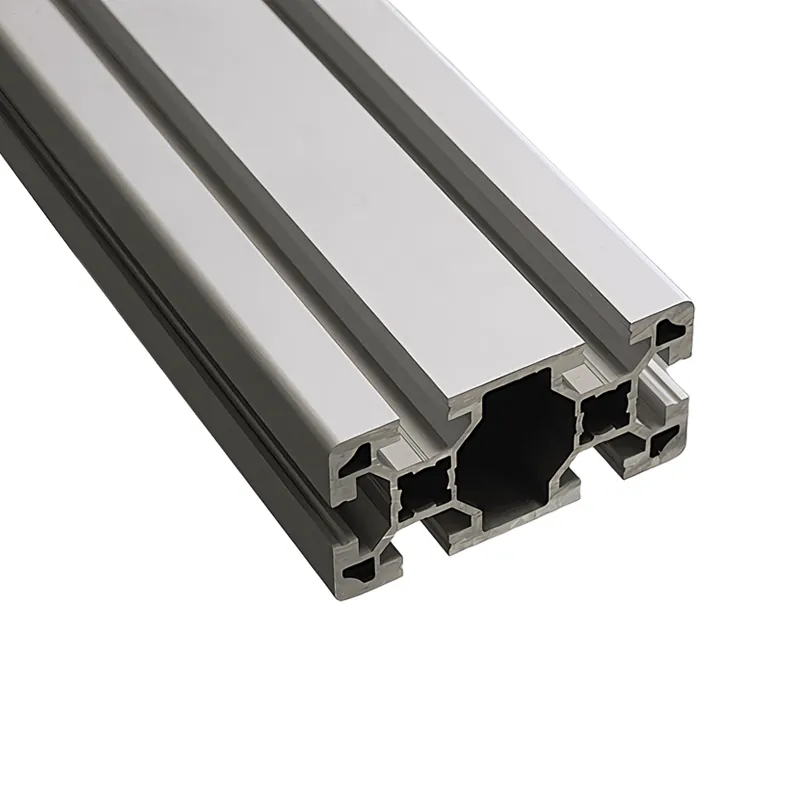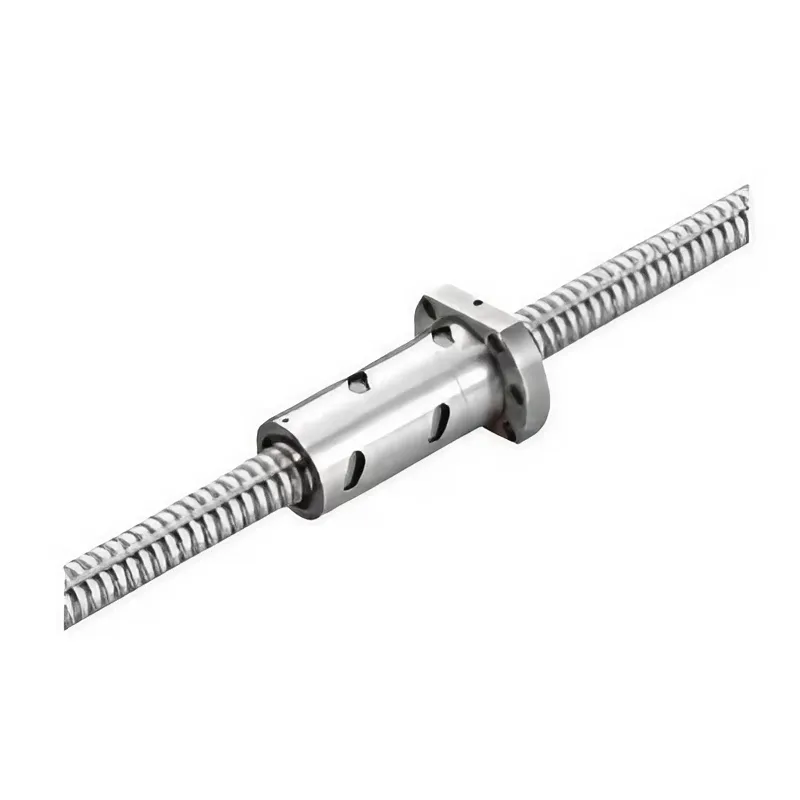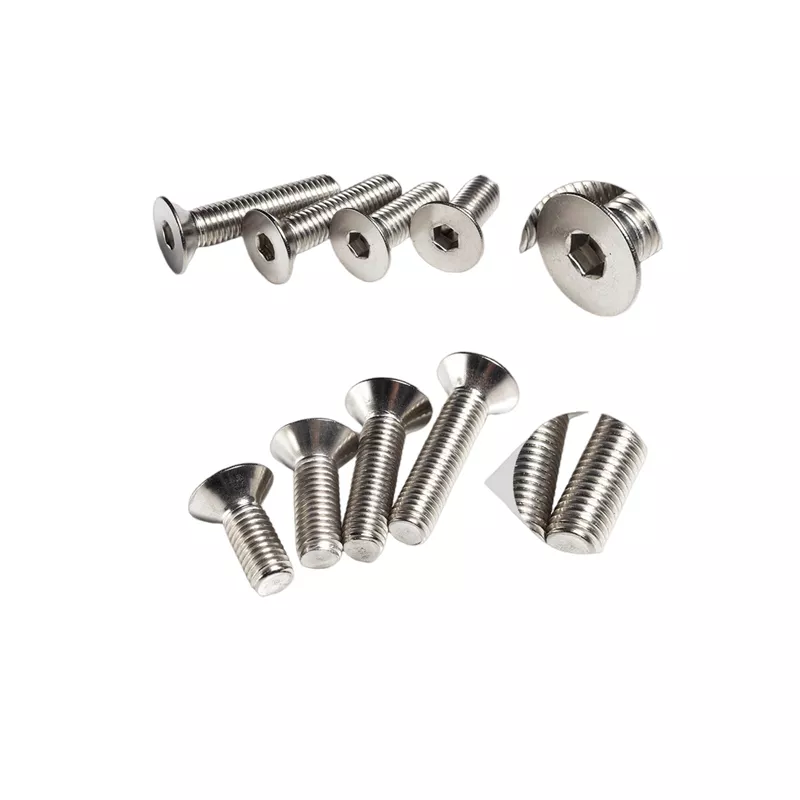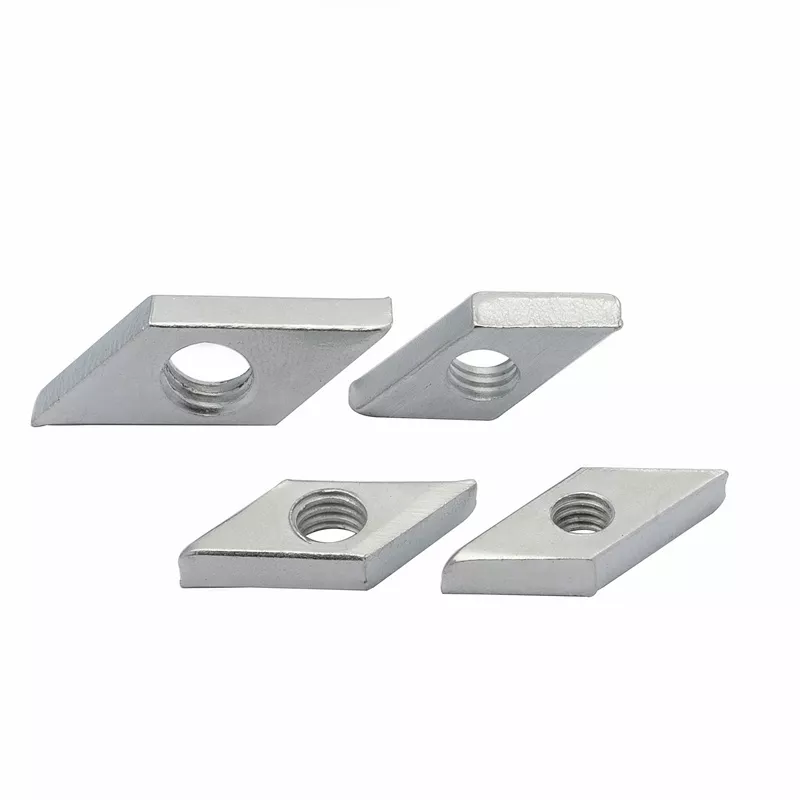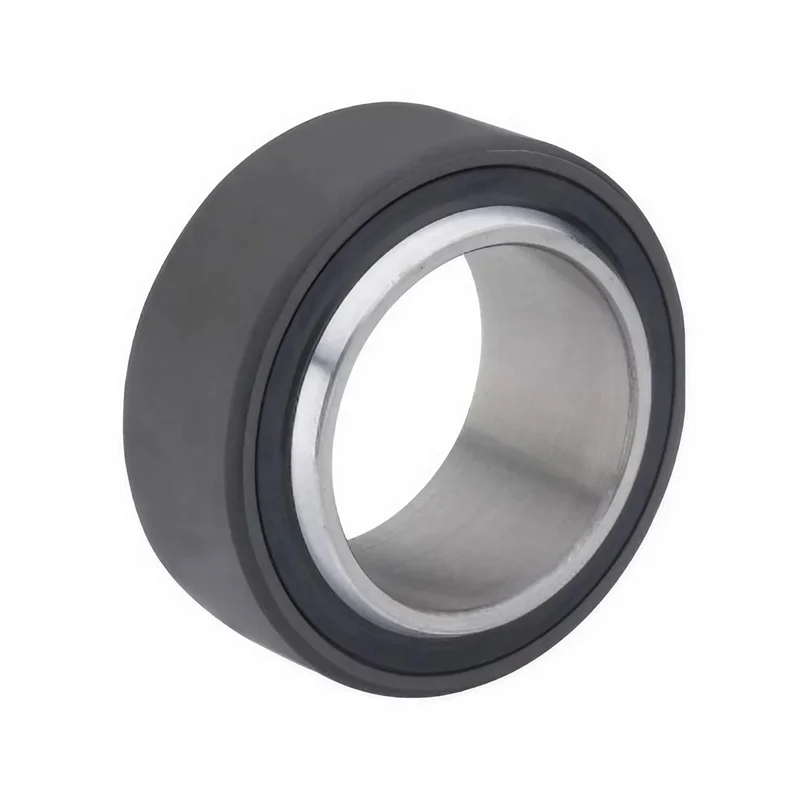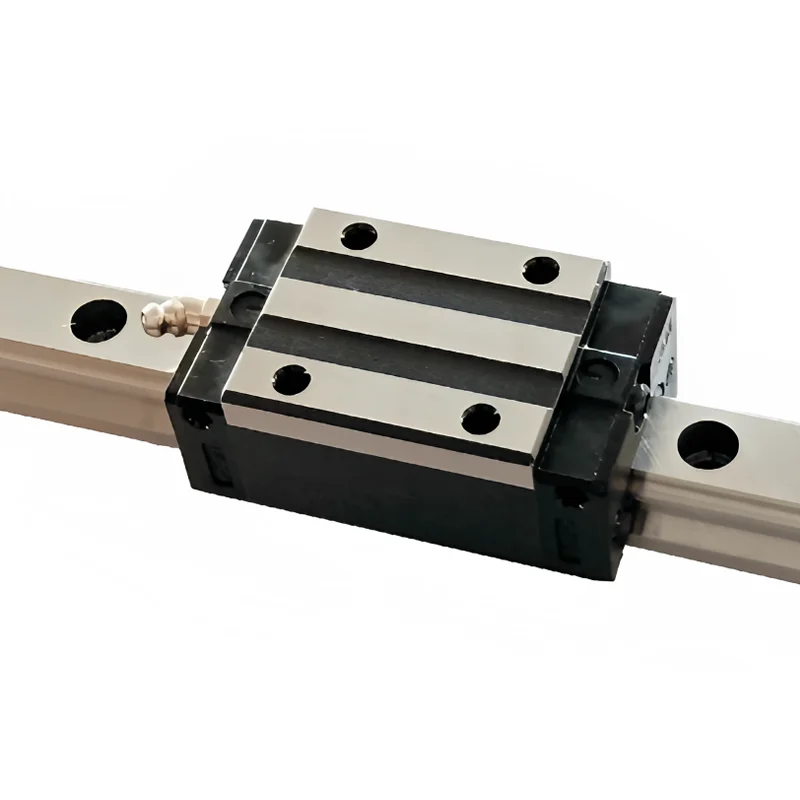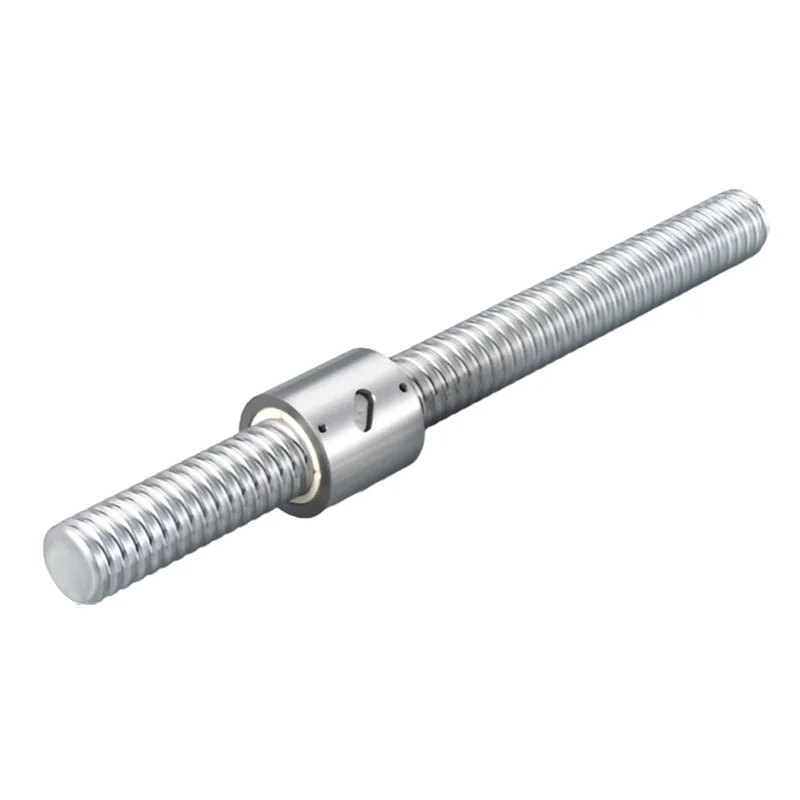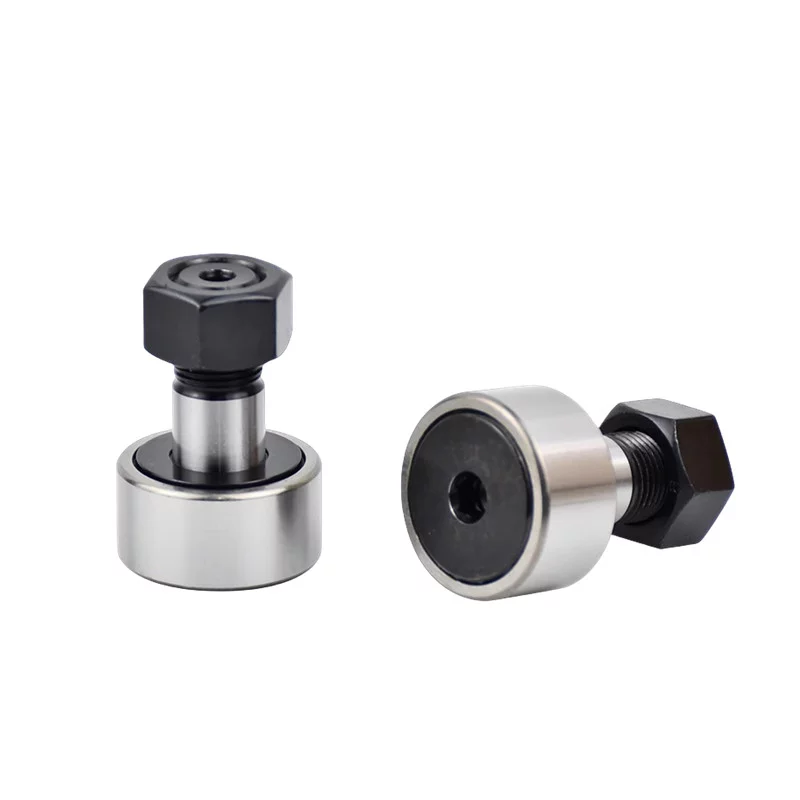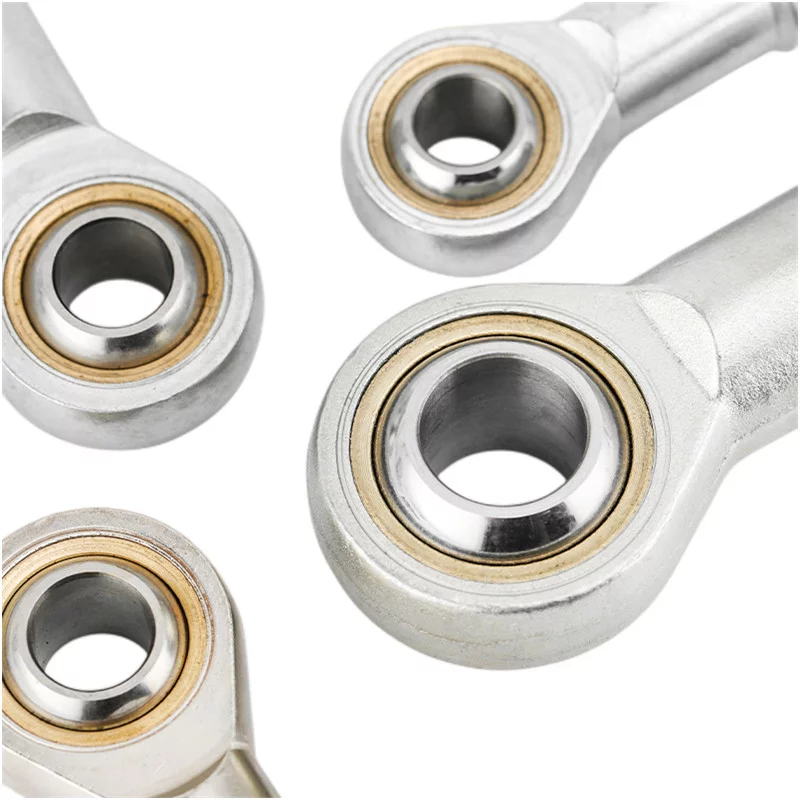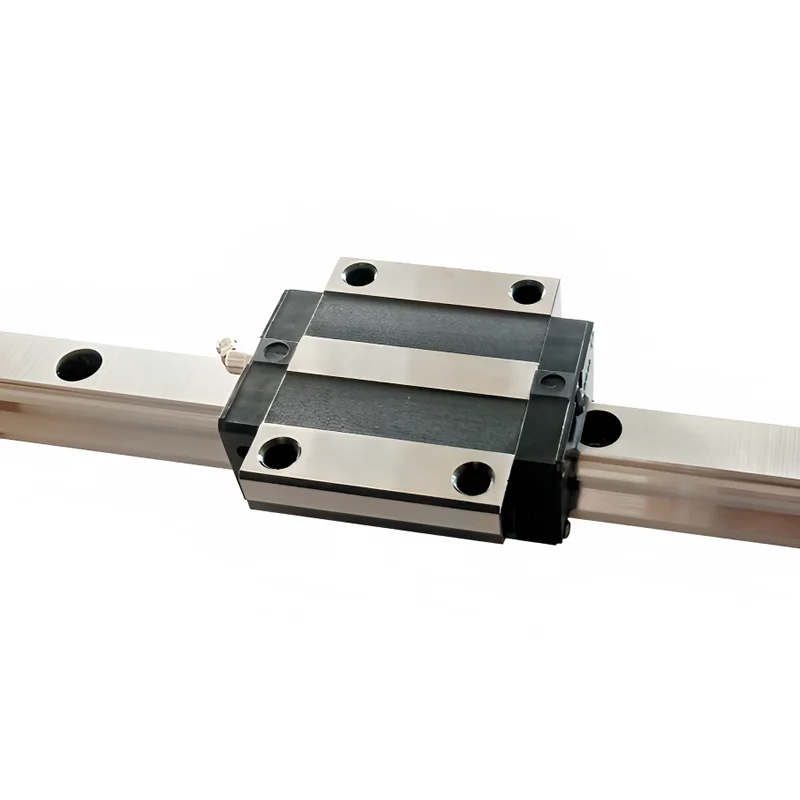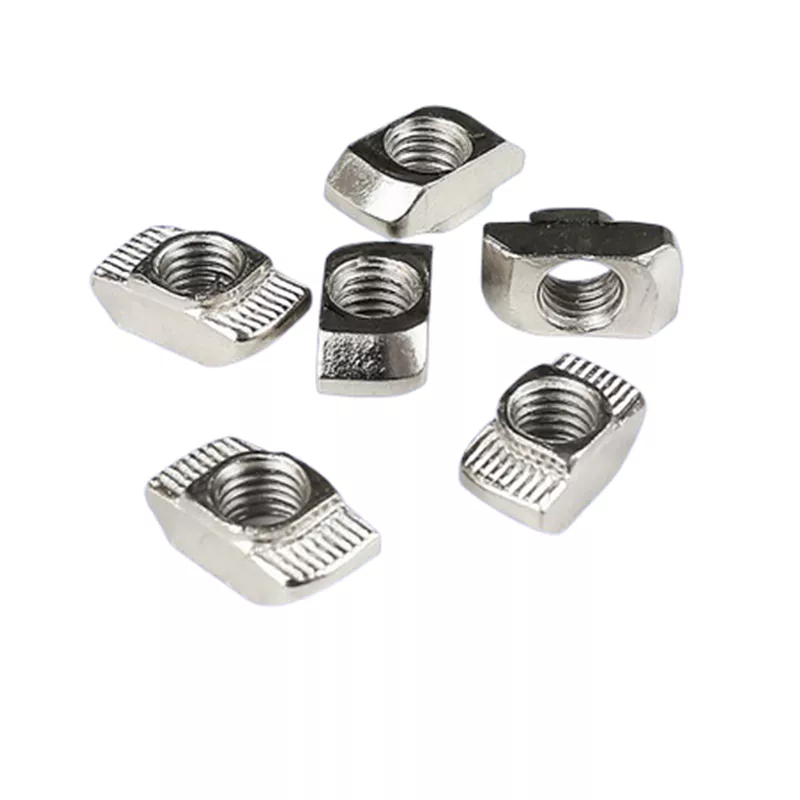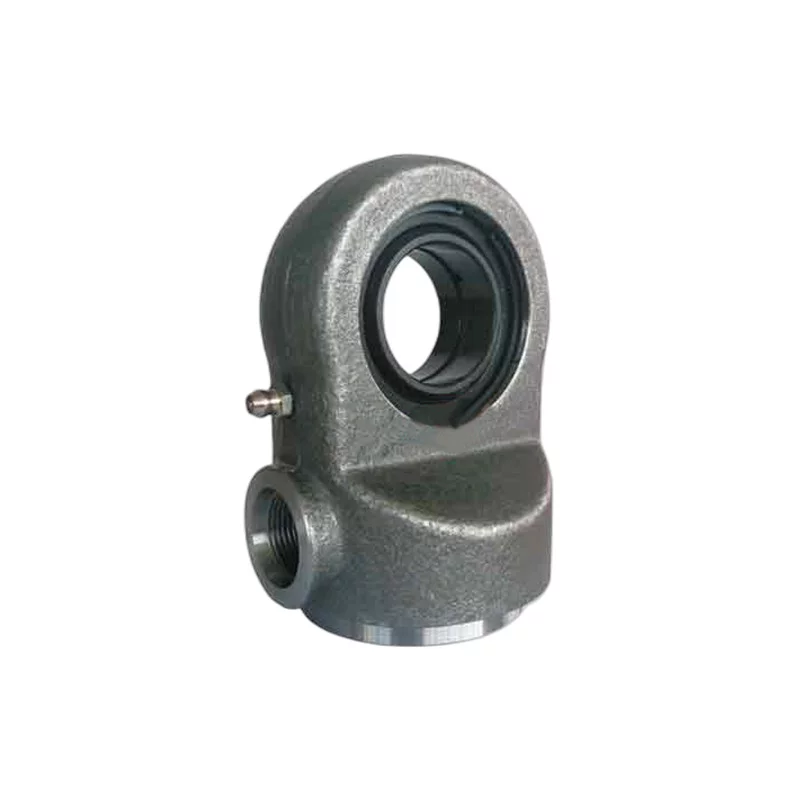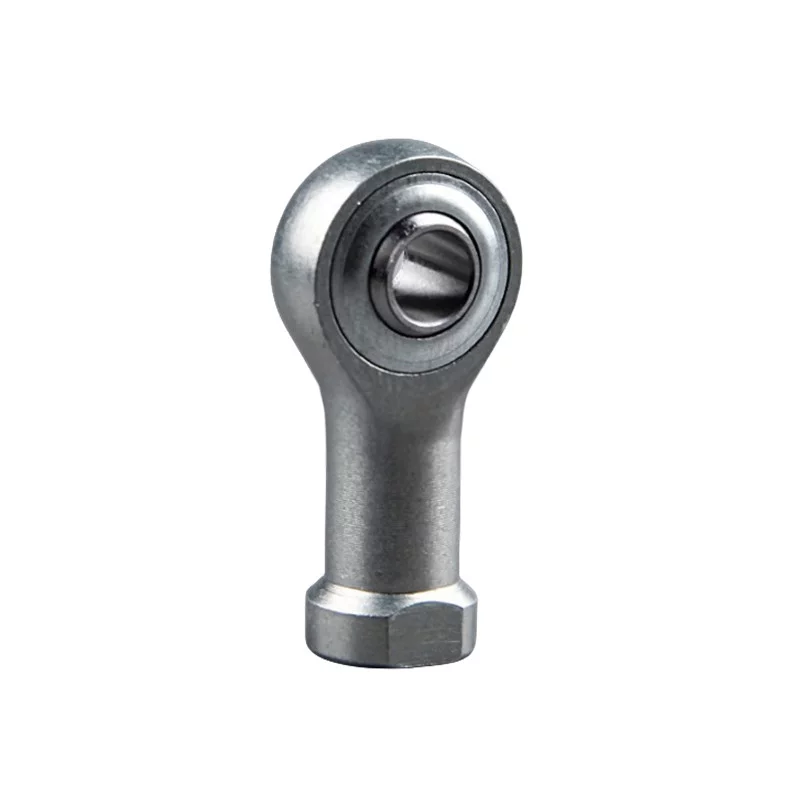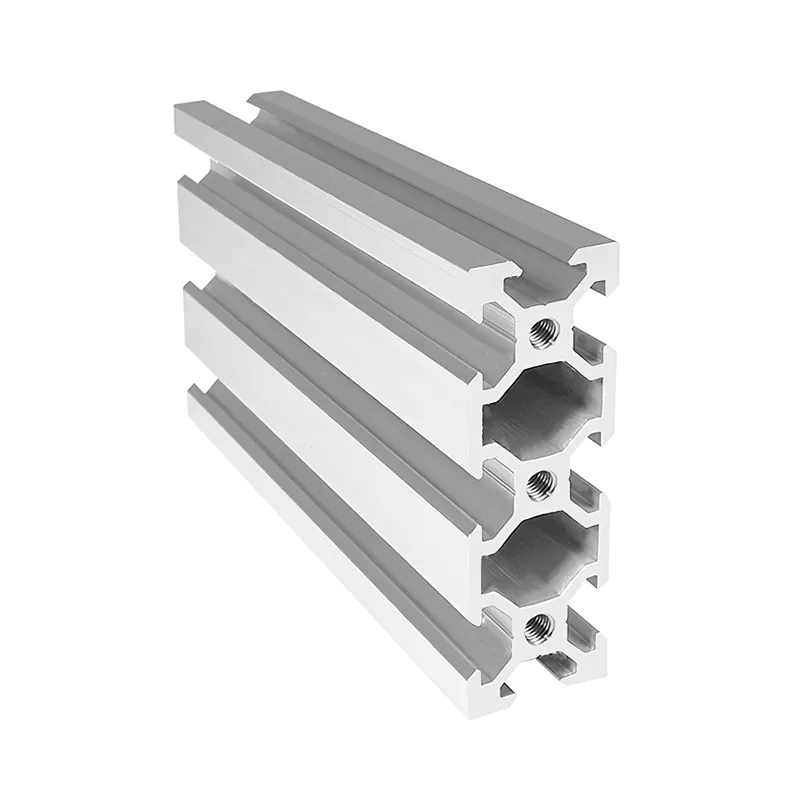What is the difference between male and female rod end bearings
The difference between male and female Rod End Bearings lies in their design and how they are used in mechanical systems.
1. Male Rod End Bearings
A male rod end bearing, also known as a "male thread" or "external thread" rod end, features external threads on its shank.
These threads allow the bearing to be screwed into a corresponding threaded hole or mounting point.
Male rod end bearings are commonly used when the bearing needs to be attached to a stationary or fixed component.
2. Female Rod End Bearings
A female rod end bearing, also known as a "female thread" or "internal thread" rod end, has an internally threaded
bore instead of external threads. This allows for the attachment of a male threaded shaft or stud into the bearing's bore.
Female rod end bearings are typically used when the bearing needs to be connected to a rotating or moving component.
The choice between male and female rod end bearings depends on the specific application requirements and the desired
connection method. In some cases, both types may be used together in an assembly to provide flexibility and adjustability.
It's important to note that both male and female rod end bearings can come with different types of load-bearing elements,
such as spherical plain bearings or ball joints, depending on the application's needs for articulation and load capacity.
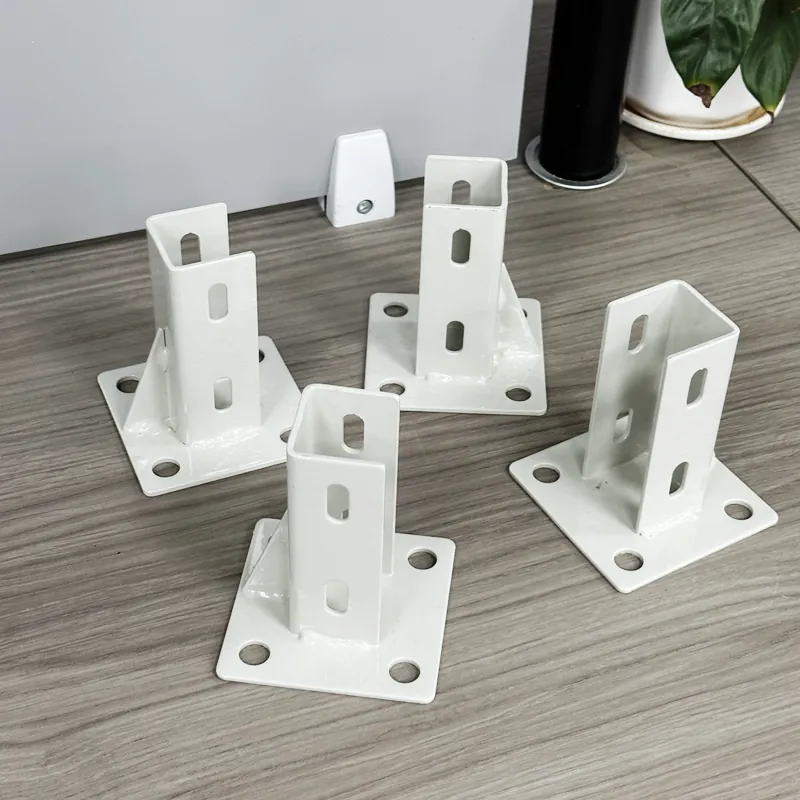 2020/4040 Aluminum Floor Mount Base Plate for Equipment Stability
2020/4040 Aluminum Floor Mount Base Plate for Equipment Stability
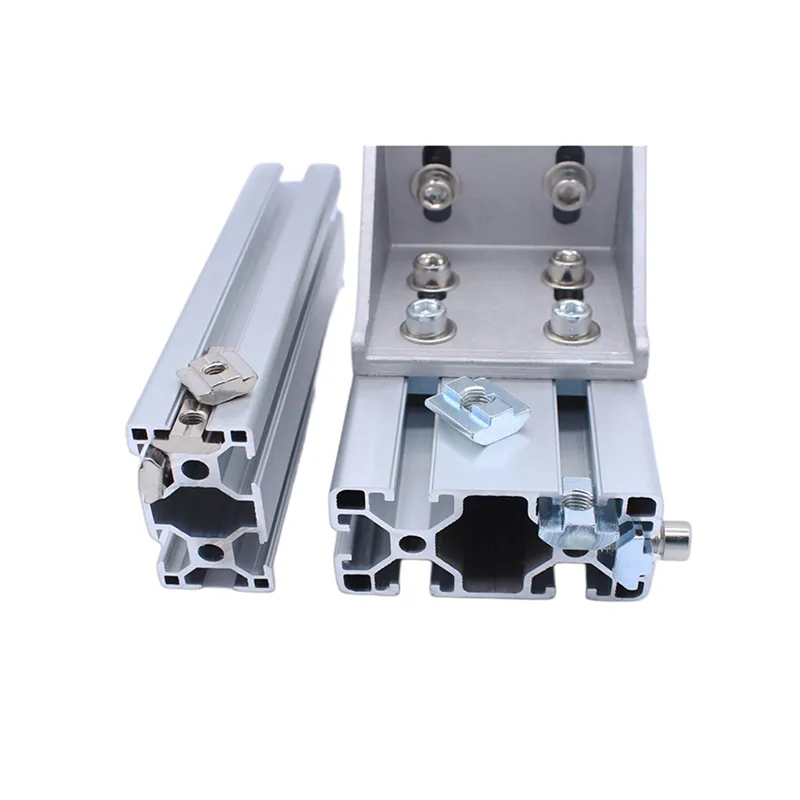 Understanding the Advantages of Sliding T-Nuts for Industrial Applications
Understanding the Advantages of Sliding T-Nuts for Industrial Applications
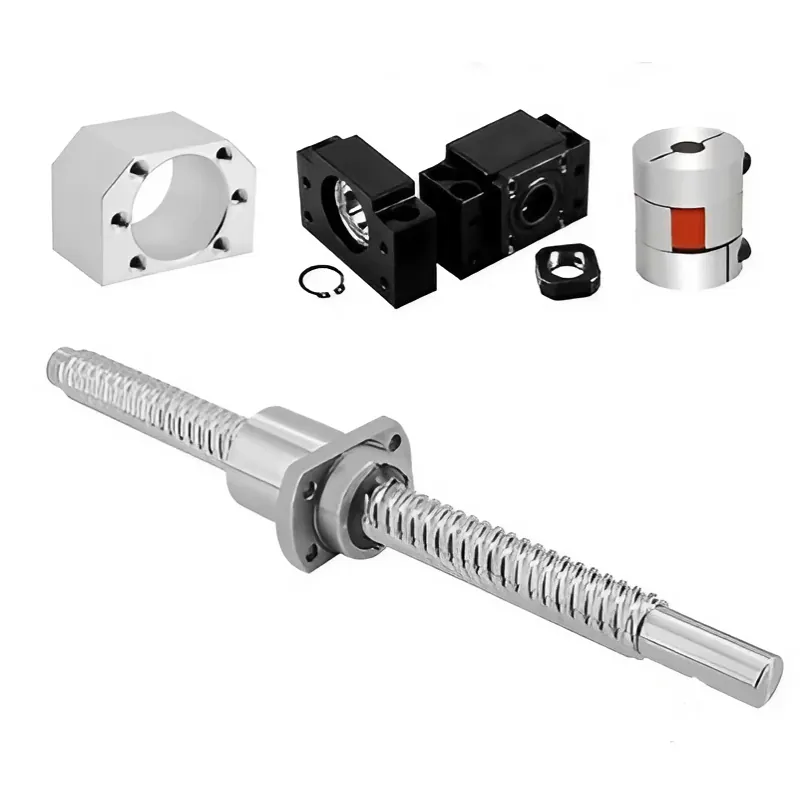 Understanding Ball Screws: Essential Components for Precise Linear Motion in Industrial Automation
Understanding Ball Screws: Essential Components for Precise Linear Motion in Industrial Automation
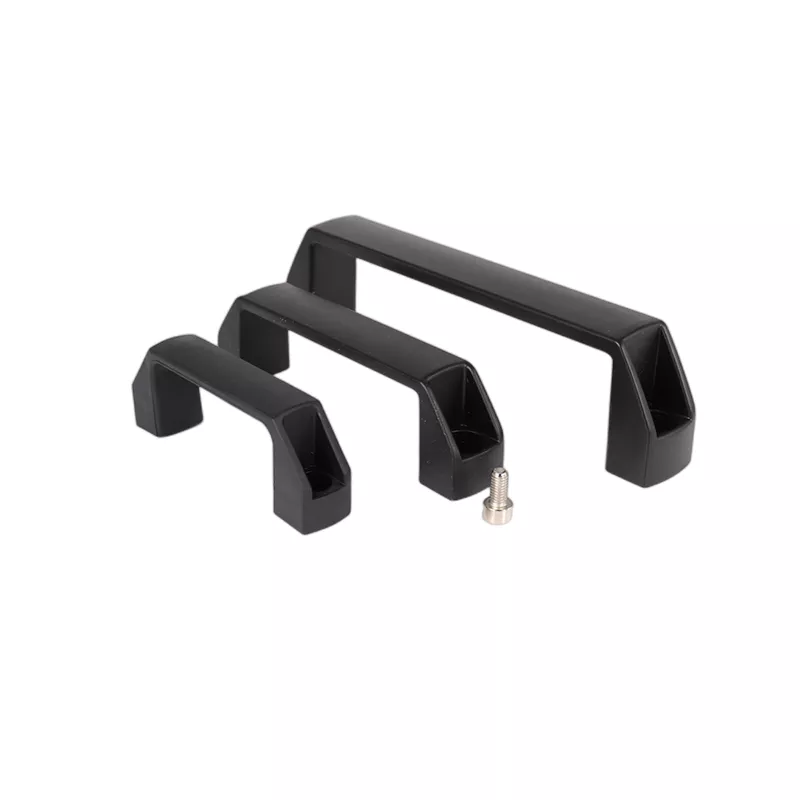 Enhance Functionality with Durable and Versatile Black Nylon Handles
Enhance Functionality with Durable and Versatile Black Nylon Handles

